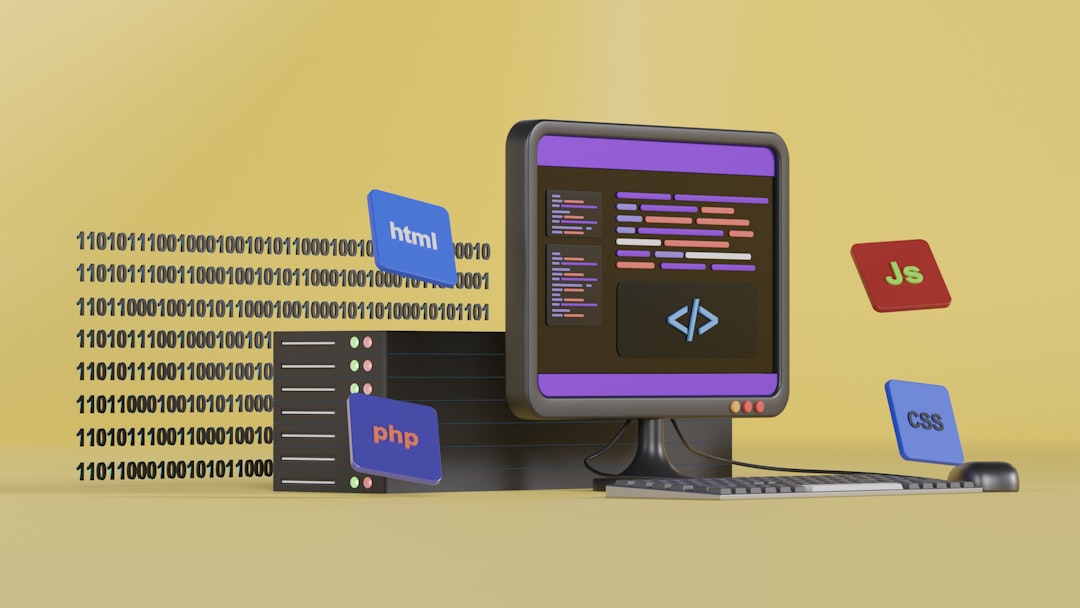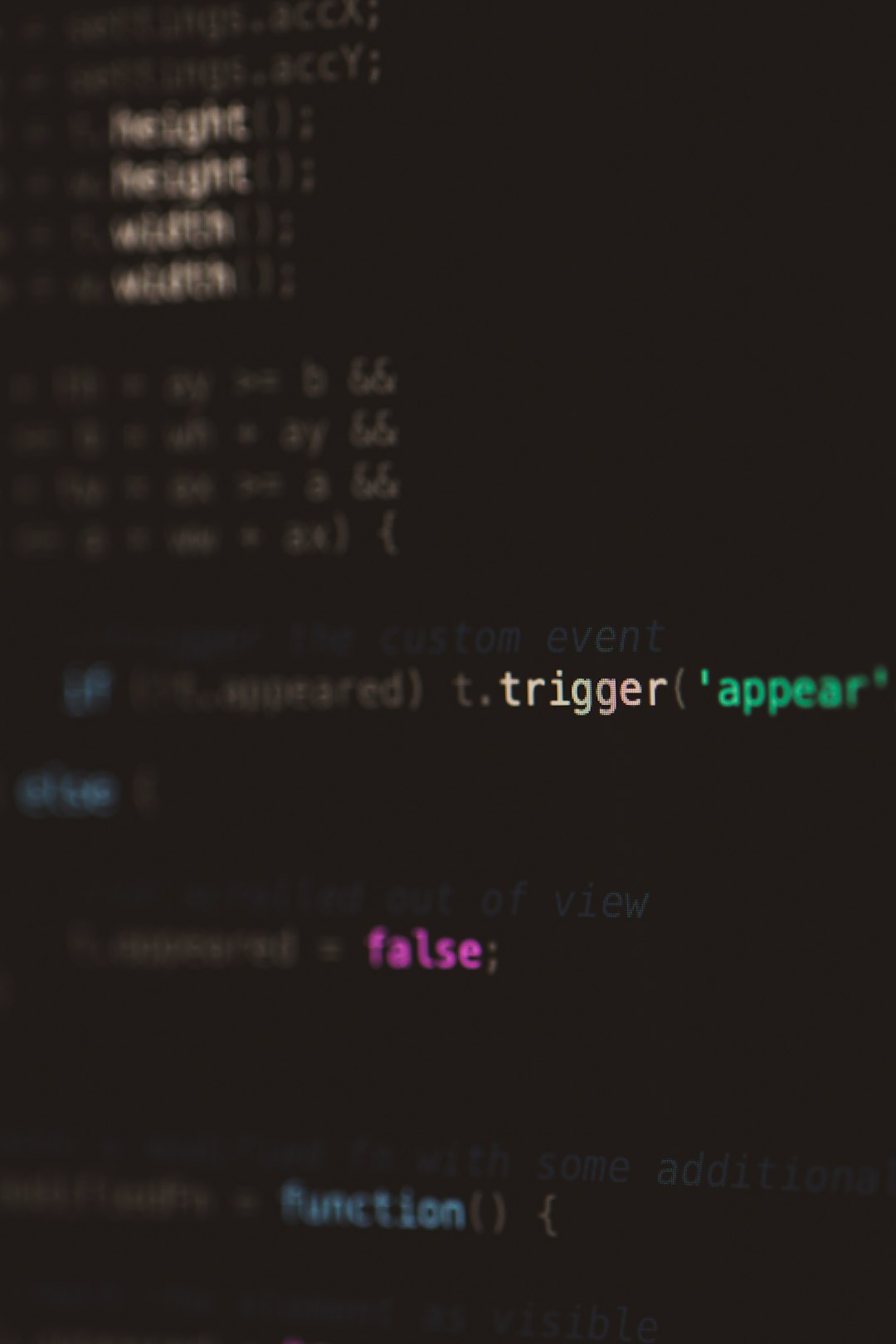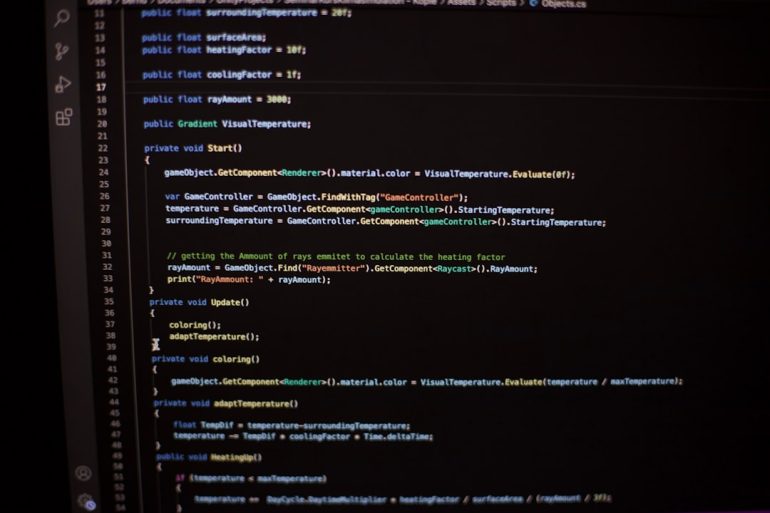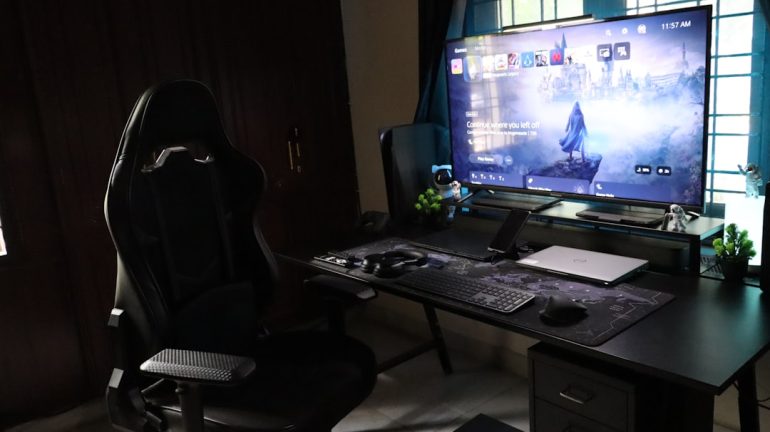How can I find the best video tutorials for programming languages?
Learning a new programming language can open up rewarding opportunities in the rapidly-expanding world of technology. Whether you’re a beginner exploring your first language or an experienced developer branching into a new domain, finding high-quality video tutorials is a critical step. With the internet teeming with resources, identifying the best ones requires a strategic and informed approach. In this article, we’ll explore how you can effectively locate reliable and comprehensive video tutorials that suit your learning goals.
1. Define Your Learning Objectives
Table of Contents
Before diving into search engines or streaming platforms, take a moment to assess your current skill level and determine what you aim to achieve. Are you looking to grasp the fundamentals of Python, or are you interested in mastering advanced features of JavaScript? Having clarity on your goals will help you choose tutorials that are aligned with your needs and avoid wasting time on content that’s too basic or excessively complex.
2. Use Reputable Learning Platforms
Certain education-focused platforms are widely known for their structured, high-quality content. Consider starting your search with these well-renowned options:
- Coursera – Offers university-level programming courses from top institutions.
- edX – Similar to Coursera, with a wide range of computer science topics.
- Udemy – Features a wide selection of user-reviewed programming tutorials.
- Pluralsight – Best for intermediate to advanced developers looking for professional development.
- freeCodeCamp – 100% free and structured to take learners from zero to job-ready.

These platforms often include quizzes, hands-on exercises, and community discussions, providing more than just passive watching opportunities. Subscribing to one or more of them can be a worthwhile investment in your career.
3. Evaluate the Tutorial Creator
Whether you’re browsing YouTube or an educational platform, it’s important to look at who created the content. To assess a creator’s credibility:
- Check the creator’s academic and professional background.
- Read viewer comments and reviews for feedback on their teaching style and clarity.
- Inspect the number of subscribers or course enrollments.
- Review other available content by the same instructor for consistency and depth.
Well-known creators such as Traversy Media, The Net Ninja, and Academind have built strong reputations for delivering clear, well-paced instruction across multiple languages and frameworks.
4. Look for Project-Based Learning
Video tutorials that incorporate real-world projects tend to be more effective. They offer opportunities to apply what you’ve learned in a practical context, helping you retain concepts longer. Additionally, working on projects builds a personal portfolio, an essential asset when job hunting.
As you watch a tutorial, take note of whether it includes:
- End-to-end projects (e.g., To-do app, Blog, E-commerce site)
- Code-along sessions with annotations and explanations
- Challenges and assignments to reinforce learning

5. Pay Attention to Production Quality
Good video quality and clear audio aren’t just aesthetic concerns—they’re crucial for comprehension and maintaining attention. A high-quality tutorial should feature:
- High-definition screen recordings with readable text
- Clean, clear audio without background noise
- Logical structure and pacing, with topic breakdowns
- Explained source code or downloadable materials
If the presentation is poor, even the best content can become hard to absorb and frustrating to follow.
6. Use Community Recommendations and Forums
Sometimes the best tutorials aren’t the ones that come up first in a search engine. Tap into developer communities to see what others recommend. Here are some trusted hubs:
- Reddit – Subreddits like r/learnprogramming and r/coding have daily tutorial recommendations.
- Stack Overflow – Not only great for debugging, but also for resources shared in answer threads.
- Dev.to – A community of developers writing about tutorials, tools, and tips.
7. Avoid Common Pitfalls
While looking for tutorials, beware of some common traps:
- Outdated content: Programming evolves quickly, so be sure the tutorial is recent.
- Incomplete series: Avoid starting long series that haven’t been finished by the creator.
- Overly simplified material: Tutorials that don’t challenge you won’t help you grow.
Finding the right tutorial is part of your learning journey. Don’t hesitate to sample a few before committing to a complete course or playlist.
Conclusion
Video tutorials can be an invaluable tool for mastering programming languages, but selecting the best ones requires careful consideration. By aligning content with your goals, choosing reputable sources, evaluating instructors, and prioritizing hands-on learning, you’ll set yourself up for long-term success. Stay curious, seek feedback, and remember: quality matters more than quantity in your programming education journey.






